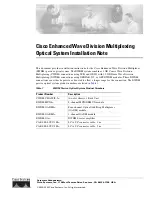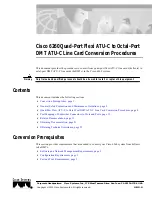
6
x
Before using the meter, inspect the body casing; do not use the meter if it is damaged or
the case (or part of the case) is removed; look for cracks or missing plastic or missing
parts. Examine the insulation around the connectors.
x
Inspect the test leads for damaged insulation or any exposed metal. Check the test leads
for continuity before using. Replace damaged test leads with identical style and electrical
specifications before using the meter.
x
When using the test leads, keep your fingers behind the finger guards.
x
Do not apply more than the rated voltage, as marked on the meter, between the terminals
or between any terminal and grounding.
x
To avoid injury or damage, never attempt to input an effective voltage over 60V in DC or
30V in AC.
x
Use the proper terminals, function, and range for your measurements.
x
The rotary switch should be positioned in the correct setting and not be switched any
time during the measurement.
x
Disconnect circuit power and discharge all high-voltage capacitors before testing,
resistance, diodes or continuity.
x
Before measuring current, check that the fuse is ok. Before connecting the meter in serial
to the tested in-circuit, disconnect in-circuit power.
x
If the value of current to be measured is unknown, use the maximum measurement
position, and reduce the range step by step until a satisfactory reading is obtained
72-9280: OPERATING MANUAL








































